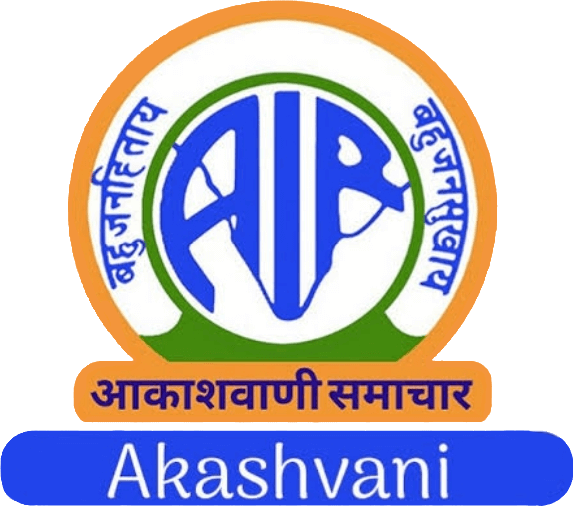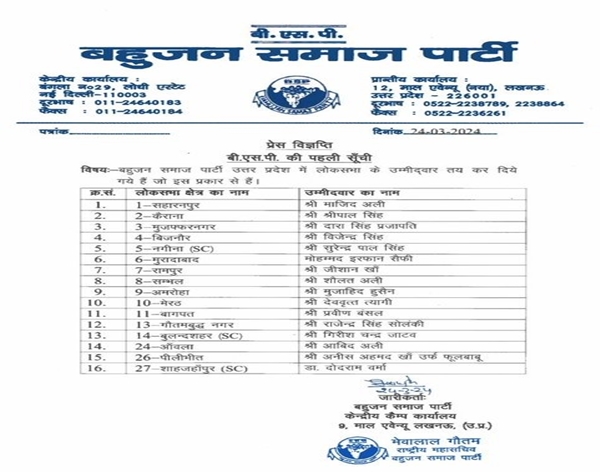Once upon a time, long before the buzzwords of EVMs and VVPATs, India relied on the humble ballot box for elections. Citizens cast their votes on pieces of paper, sealed them in the box, and waited for painstaking manual counting. It consumed massive amounts of paper, was time-consuming, and was prone to errors. Despite its drawbacks, the ballot box system served India well for decades. However, as the electorate expanded and election-related challenges grew, the need for a more efficient and secure voting method became evident. In the late 1990s, India embraced electronic voting machines or EVMs. These devices revolutionized the voting process, eliminating paper ballots and streamlining counting. With the press of a button, voters cast their choices electronically, ensuring accuracy and efficiency.
Akashvani Correspondent reports that Electronic Voting Machines or EVMs have revolutionized the Indian Electoral Process. Their benefits are multi-pronged. They save tons of paper, preserve trees, reduce costs, and accelerate the counting process. And the most important part, they curb electoral discrepancies by securely storing votes and ensuring one vote per person. EVMs can safely store votes in their memory until the data is deleted. This feature significantly reduces the risk of tampering and ensures the integrity of the electoral outcome.
EVMs are battery-operated, making them suitable for use in areas with unreliable electricity supply. Their compact size and durability enable easy transportation and storage, even in remote or inaccessible regions. Voters cast their votes by pressing buttons corresponding to their chosen candidates, and the machines record the votes electronically. Yes, EVMs have made the exercise that simple. However, India’s endeavour to ensure fair elections didn’t stop with these super reliable EVMs. Voter Verifiable Paper Audit Trail or VVPAT was introduced over a decade ago to add an extra layer of transparency. A VVPAT helps voters to physically confirm the choice they have made. It consists of a printer that gives a record of vote selection. When the voter casts the vote on the EVM, printer-like VVPAT apparatus linked to the EVM generates a slip showing the serial number, name, and symbol of the candidate to whom the vote was made. With this slip, the voter can verify his casted vote. Since their introduction, they have been gradually implemented in selected constituencies during various elections, bolstering the credibility of the electoral process.
In a democracy, there is perhaps nothing more important than the credibility of the electoral process. Therefore, elections should not only be fair but should be seen to be fair. And by bringing in transparent reforms, the Election Commission has secured full trust from its citizens in the democratic exercise.















